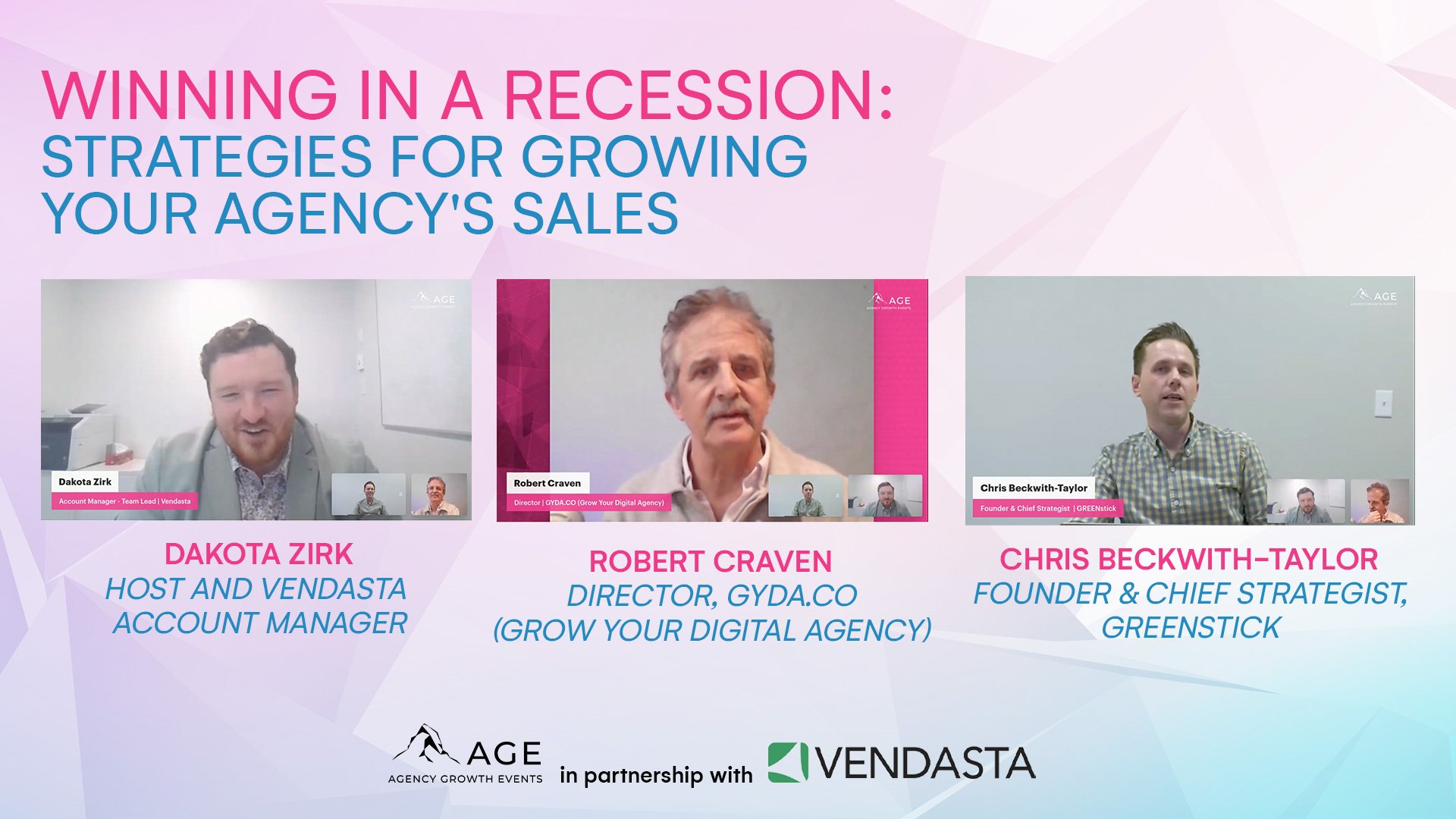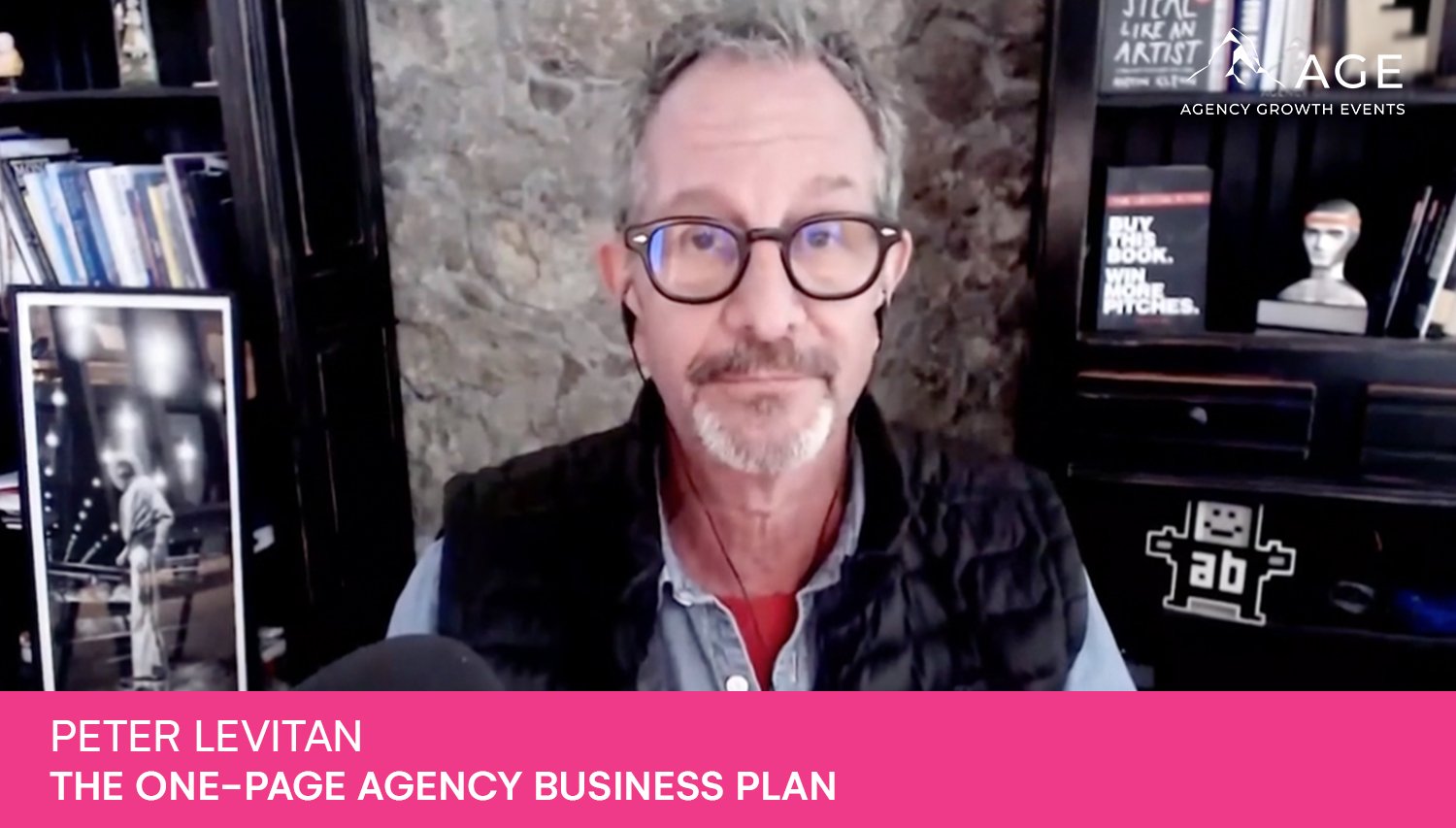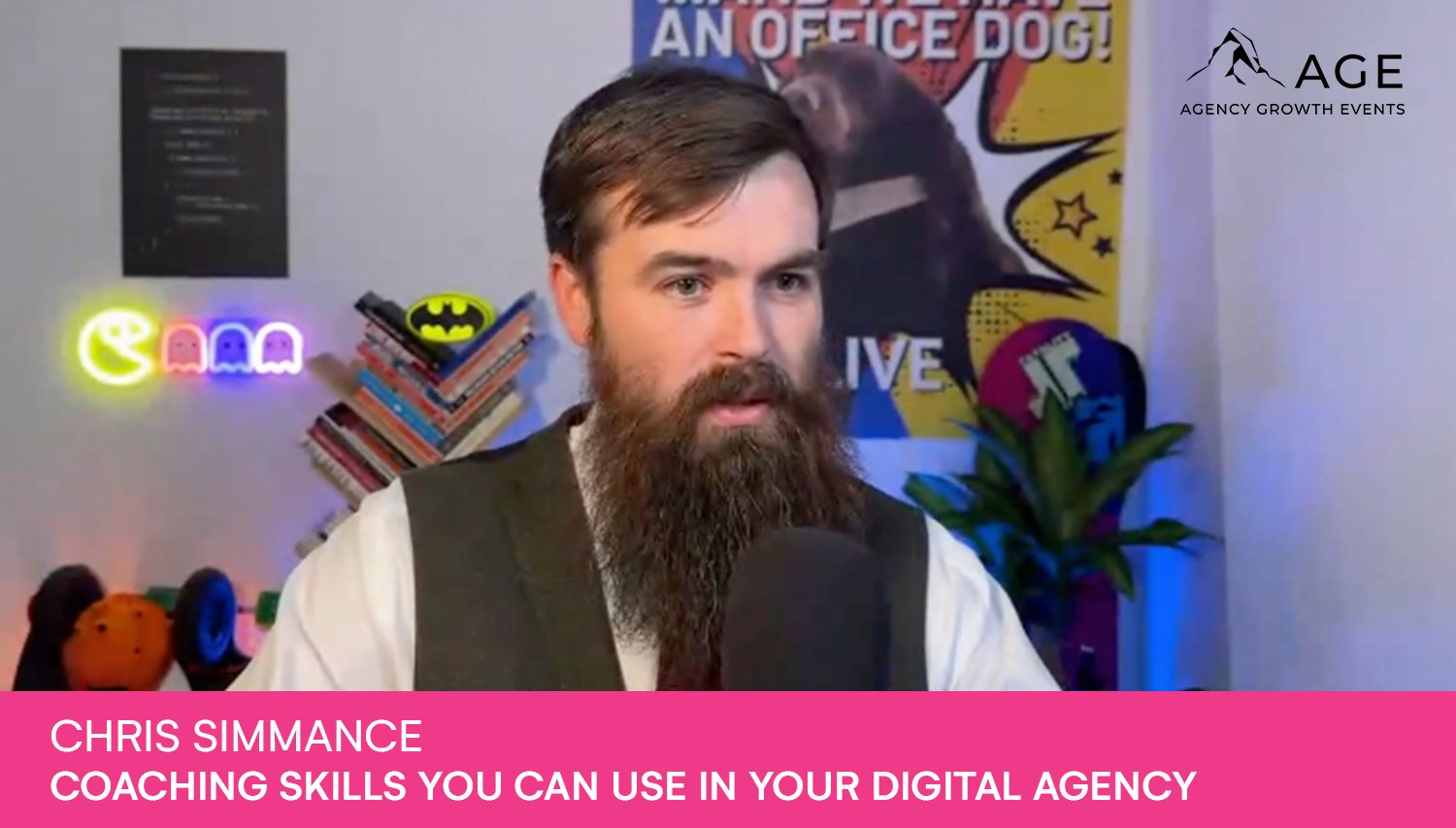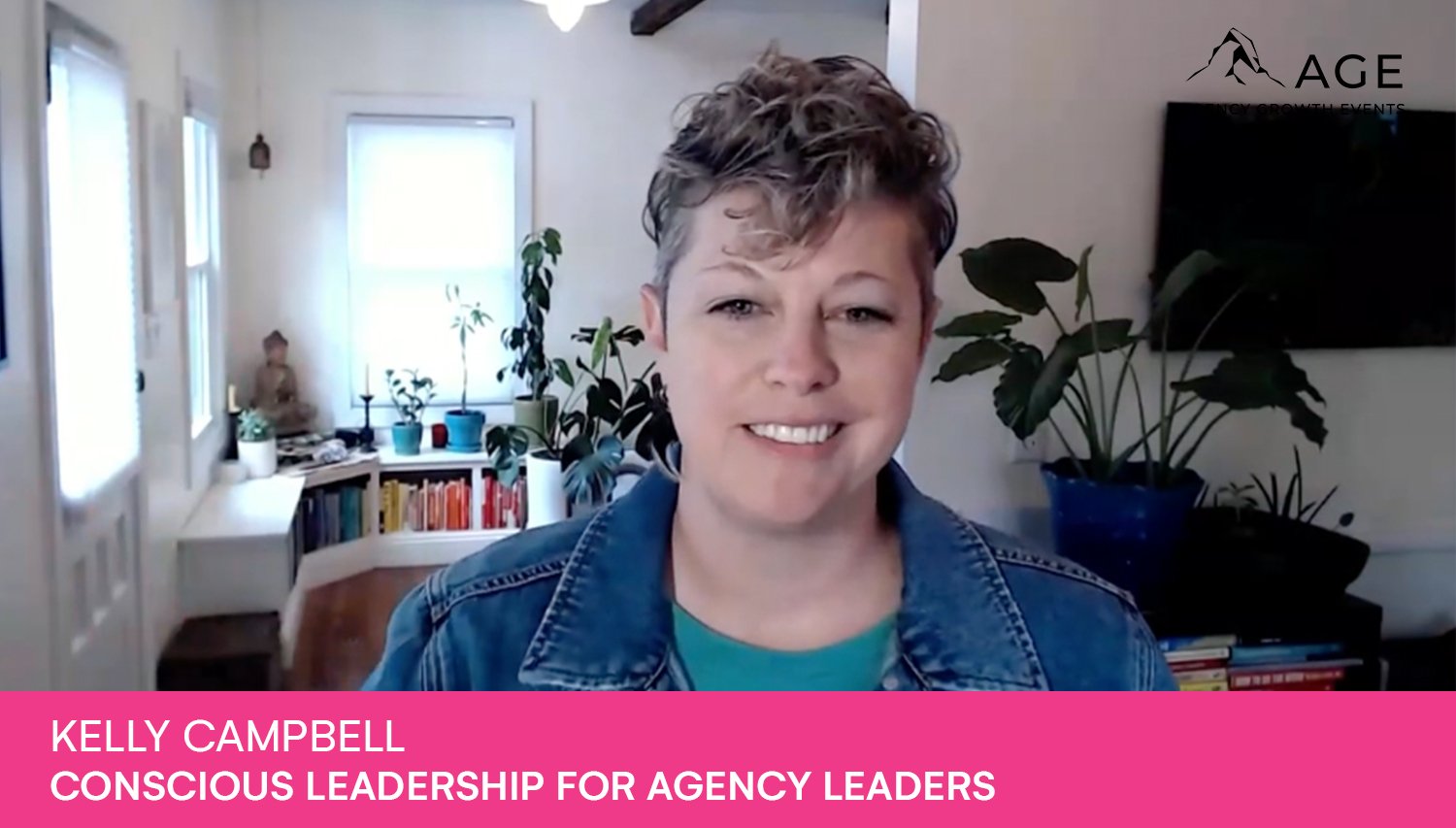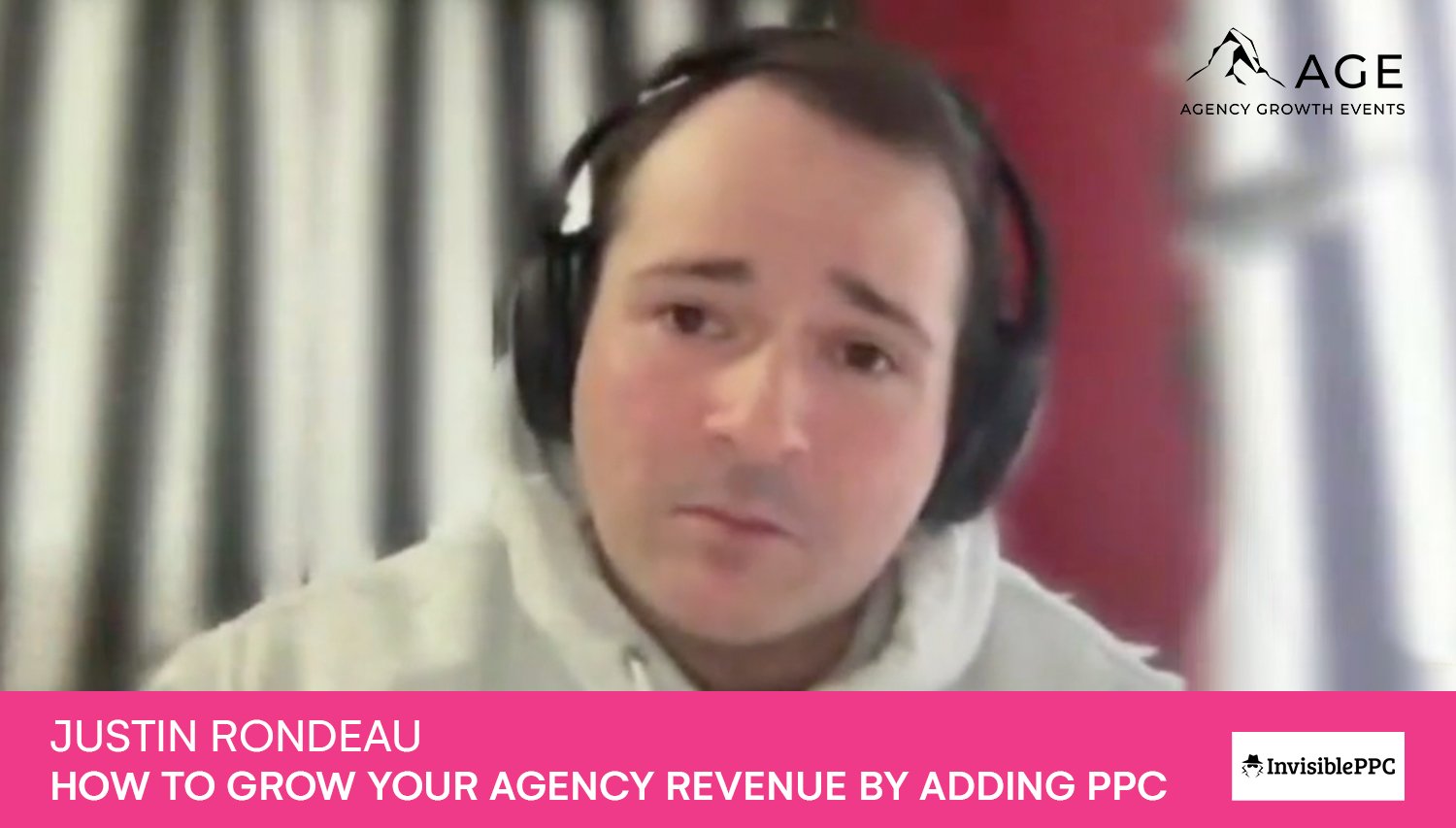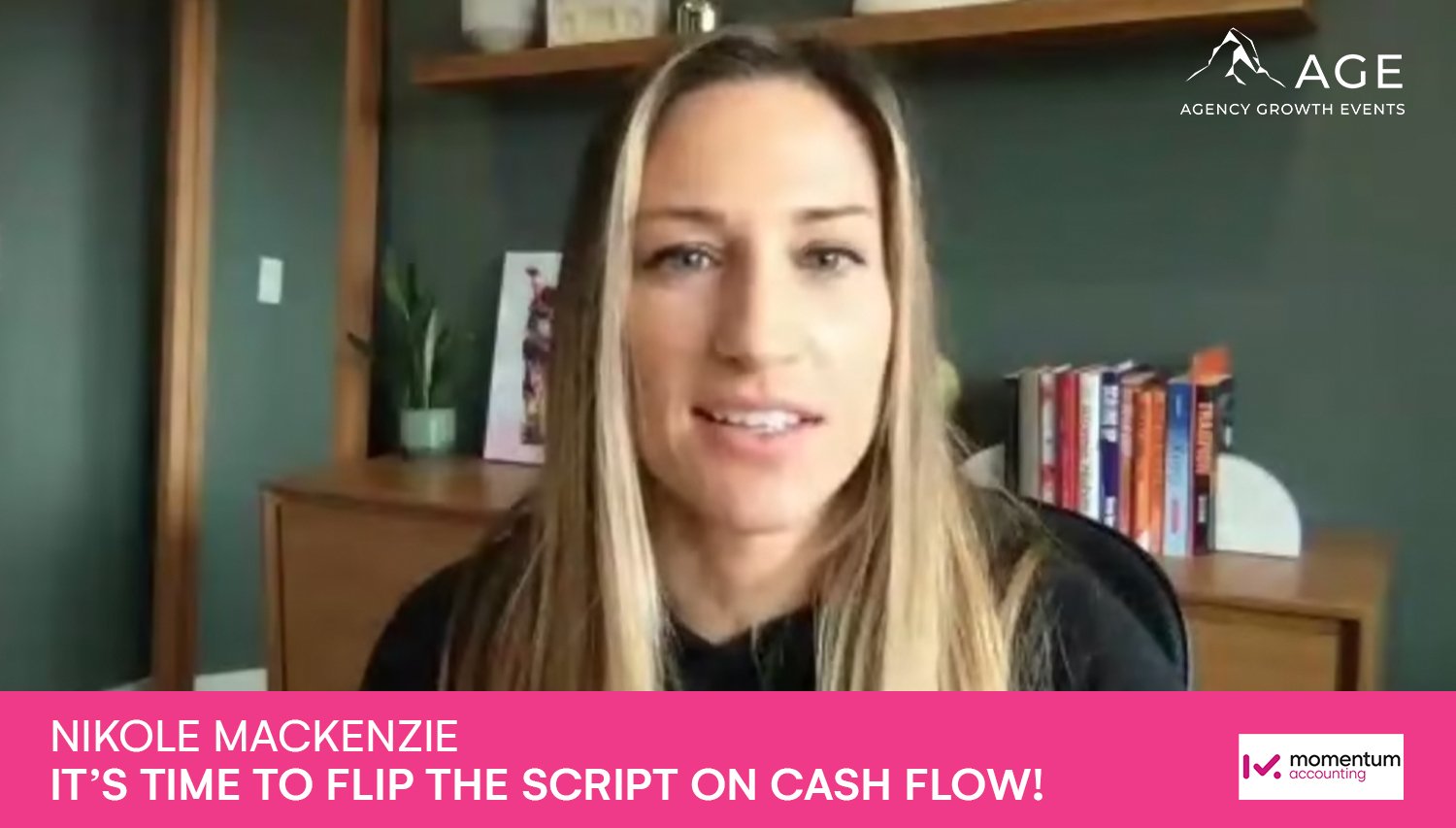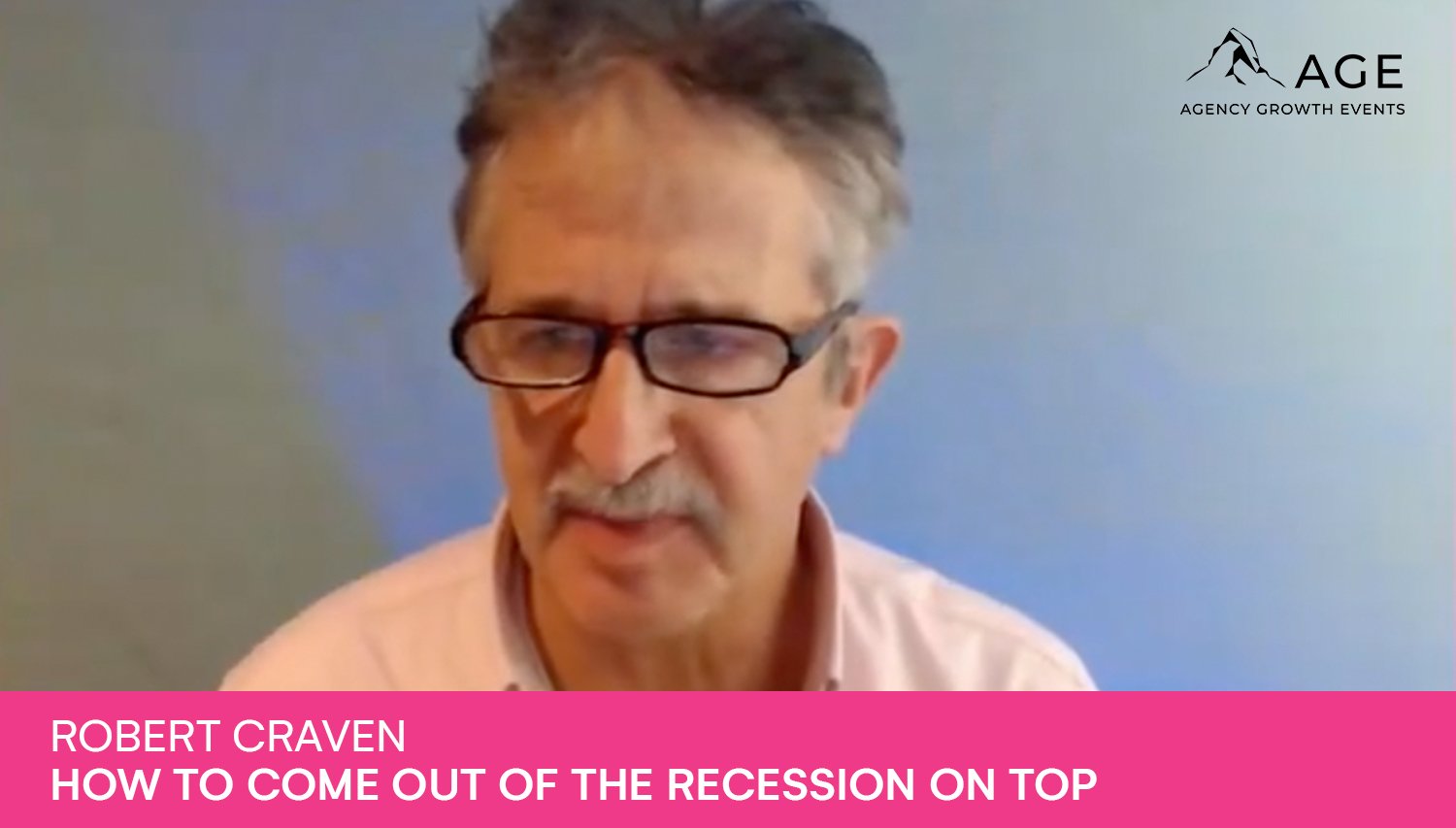S1-E10: The Power of Community, Emma Glazier, Crowd
Since the pandemic, community marketing has become the new buzzword for marketers, but it is neither new nor a buzzword. A thriving community of customers is a very strong organic growth driver for any business, but building communities goes far beyond starting a slack group, a Facebook group, or launching a community platform. You need to create a community marketing strategy and actively work with your community members to make your brand community a mutually beneficial relationship that goes beyond a simple brand image exercise.
The definition of "Community" is derived from the Latin communitas which means "to share in common". This implies that to have a community, there must be strong shared interests, backgrounds, values or most important of all shared problems.
The problem that brands face when trying to build a community is that their interests are primarily commercial, they want to increase sales or drive some other business metric. This means that they will have difficulty finding common ground with their customers and community members. Where brands see potential customers and access to brand communities, community members see peers and meaningful relationships. So the thinking that social interaction builds community and wins new customers that affect purchasing decisions might prove a hard sell without a comprehensive community marketing strategy in the first place.
There is no question that modern consumers expect to affect change in marketing messaging and branding, but it's important not to forget what we know about online communities: there must be an incentive for contributors to participate. One idea is giving consumers a sense of ownership as another way for them to feel as if they are part of the marketing message.
This allows them to share pride in their purchases or just feel good about how much they influenced the marketing campaign because they had such strong feelings about it.
The sheer volume of discussion suggests that community tools can be valuable vehicles for marketers who need to get information out quickly, especially around times of crisis or heightened awareness. After all - communities are not built overnight.
So, how can you build and grow an online community?
Here are some beginner tips:
1. Define your goals:
What do you want to achieve with your community? Are you trying to build relationships with existing customers or trying to win new users? Are you looking for increased feedback on your product? or trying to fuel word of mouth marketing? Whatever your goals might be, you need to ultimately tie them to the value you're bringing to your community.
As brand communities become more and more popular as a way of creating brand loyalty and establishing direct contact and new relationships with the target audience, it's easy to go down the wrong rabbit hole and create a community infrastructure that works for the brand and not for the members.
So make sure the goals are not about you, but them. This way those shared goals will create meaningful relationships with your dedicated customers and not just negative reviews on social media.
2. Find your focus:
What is the common interest, background, or value that will bring people together? Is it a shared problem that you might be solving? or are you part of the problem and this is a customer support community? You need to decide what are the key defining characteristics of your community.
This is the most important ingredient of your community marketing strategy. If you broad-brush and end up with a large target audience, you might find it hard to create strong communities and long term relationships. Also, if you define a very precise niche, you might create meaningful connections and add more value to your community function, but the overall impact might not be worth your community marketing efforts.
As in all masterful marketing strategy pieces, your community marketing strategy is also a balanced play.
3. Co-create attractive content:
Make sure your content is engaging and relevant to your audience. The best way to do this would be to get your community to co-create the content with you. A good idea is to organize a guest blog or community interviews section in your content feed.
Authentic user generated content is a great way to get different perspectives on topics and also get community participation up. Just make sure that the content created by community members is high quality and relevant to your audience. Also remember, content created by community members needs to be policed (in a good way!)
That's the job of community managers who need to walk a fine line between moderation and potentially hurting customer experience.
4. Be active and present:
It's important to be active and present when you're running a community. If you're not available to answer questions and engage in conversations, your community will lose interest and move on.
Being active doesn't mean you have to be online all the time. You can set up a schedule where you're available for certain hours of the day or week. But it's important to be consistent with your activity so that your community knows when they can expect you to be around.
There are a few ways you can be active in your community:
Posting content: Share articles, blog posts, photos, or anything else that you think would be interesting to your community.
Answering questions: If someone has a question, answer it as best you can.
Starting discussions: Start conversations about topics that you think would be interesting to your community.
Being supportive: If someone is having a problem or dealing with a difficult situation, be there for them. Show them that you care and that you're willing to help.
Remember, the key is to be consistent with your activity. If you only show up once in a while, your community will have a hard time keeping track of you and they'll eventually lose interest. But if you're active and present, you'll be able to build a strong community that will stick around for a long time.
5. Encourage participation:
Active community involvement is key. Think about offering incentives for people to contribute to the community. Attractive incentives could be in the form of exclusive access to content, early bird tickets to events, or even just a thank you message from the team.
You can also use gamification techniques to encourage participation. For example, you can award points for every post or comment made, and people with the most points can win prizes, such as select charitable donations.
The key is to find what works for your online community and what will encourage them to participate. Once you've figured that out, make sure you're consistent with your incentives so that people know what they can expect.
Seeing other members on leaderboards, community highlights, or reading their user generated content in the community newsletter will push everyone to contribute more. Overall we're all human beings with a strong sense of herd mentality.
6. Promote your community:
As your community grows, it will become more valuable to members and you'll be able to attract more high-quality and active community members. But growing a community takes time and effort. The best way to grow a community is to focus on providing value to existing and new members alike and making it easy for people to join. But people cannot join if they don't know your community exists in the first place! So make sure you attract their attention at the right time, the right place, and at the right medium.
We're not talking about paid advertising, facebook groups, influencer marketing, or dry marketing efforts here, but a complete community strategy. Having defined your goals, found your focus, and articulated your value proposition are the fundamentals of community based marketing. Once you put in place your core group, via your loyal customers, personal connections, or brand advocacy groups and they've established the core ethos of your community, you're ready to go after other members.
7. Create a safe and accessible community space:
With the pandemic, this has mostly shifted to online community spaces, such as members' areas or virtual events. Your community marketing strategies must include the creation of this ability to gather, equally available to every community member.
When creating a safe space for your community, it's important to keep in mind that different people will have different needs. You need to make sure that everyone feels comfortable and safe in the space you've created.
Make sure the environment is respectful and polite. No one should be made to feel uncomfortable or unwelcome. This being said, you should encourage people to be themselves. People should feel like they can be authentic and express their true selves without judgment.
Perhaps one of the most important things to get right is to allow people to disagree. Disagreement is healthy and can lead to new perspectives and deeper understanding. Just make sure that people are respectful of each other's views.
Whilst you're at it, make sure your online community space is accessible to people with disabilities. Up to 25% percent of users might have some sort of disability that affects their experience of your web assets whilst only 2% of the web is built with accessibility in mind.
Another important thing to remember is to get a better understanding of your privacy practices. Nobody wants their private information leaked online!
8. Get some help!:
Building a community can be overwhelming especially if you're doing it the first time. There are so many moving parts and it can be hard to keep track of everything. This is where a digital marketing agency can come in handy.
They can help you with all aspects of community building, from strategy to execution. You can get help with how to identify your target audience, create content, grow your community, community management and much more.
Digital agencies have always been at the forefront of community building. In a world where brands are increasingly looking to their communities for help, digital agencies are uniquely positioned to provide the services that brands need.
Digital agencies can help brands build online communities by providing content that is relevant and engaging and serving that content in an easy-to-consume platform.
Our speaker Emma Glazier is the Global Head of Marketing for Crowd, a global Digital Agency. She knows a thing or two about community building and marketing globally and here are her tips for Digital Agencies trying to start or manage communities for their customers.
1- Start with listening:
Go outside your existing platforms and listen to what people are saying about you. Think of this as a focus group on steroids! Learn from the negative comments and double down on the positives.
2- Think beyond social media:
Don't just stop at monitoring social media comments. There's a much bigger world out there where conversations on your and other brands are taking shape. Think holistically. This can inform your marketing strategy but it really should inform all touchpoints of your business. Whilst you're at it, you could also listen to your competition and understand how you're faring in comparison.
3- Join before you create:
Whilst it is perfectly valid to go and create your own community, you must remember, it is not for everyone. The resources needed to build a community, like people, content creation, and content policing it might take should not be underestimated. The best thing to do might be to start passively and join a community to listen and learn. Then take your learnings into your community strategy.
4- Give creators a voice:
By doing a great job of listening, you can identify influencers, creators, ambassadors, product experts, employees, and superfans who already have a voice in the space you'd like to explore. These people most probably know your audience much better than you do, it's best you partner up.
5- Define your value:
You really need to understand what purpose or role you have in the life of your audience, not the other way around. What value do you bring to their life and what could you do to make them better. Don't think product, think value.
Key takeaway
Building a community is a process, but it's one that digital agencies are well-equipped to handle. So if you're looking to build a community around your brand, reach out to a digital agency today!
Make sure you follow Agency Growth Events on social media and sign-up for our newsletter and not miss any future content like this.
You can also read about online community events over at Precision Communities.


